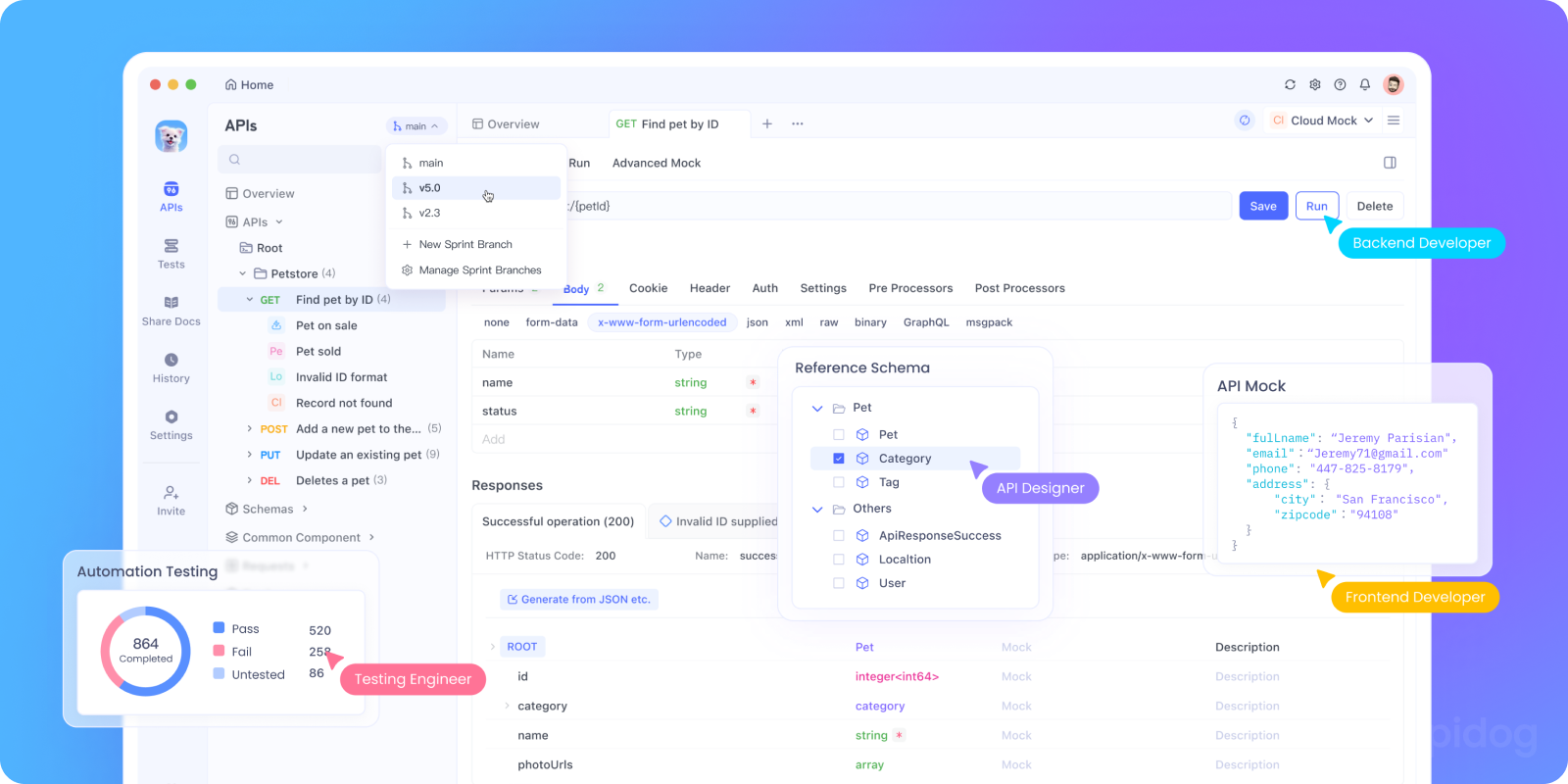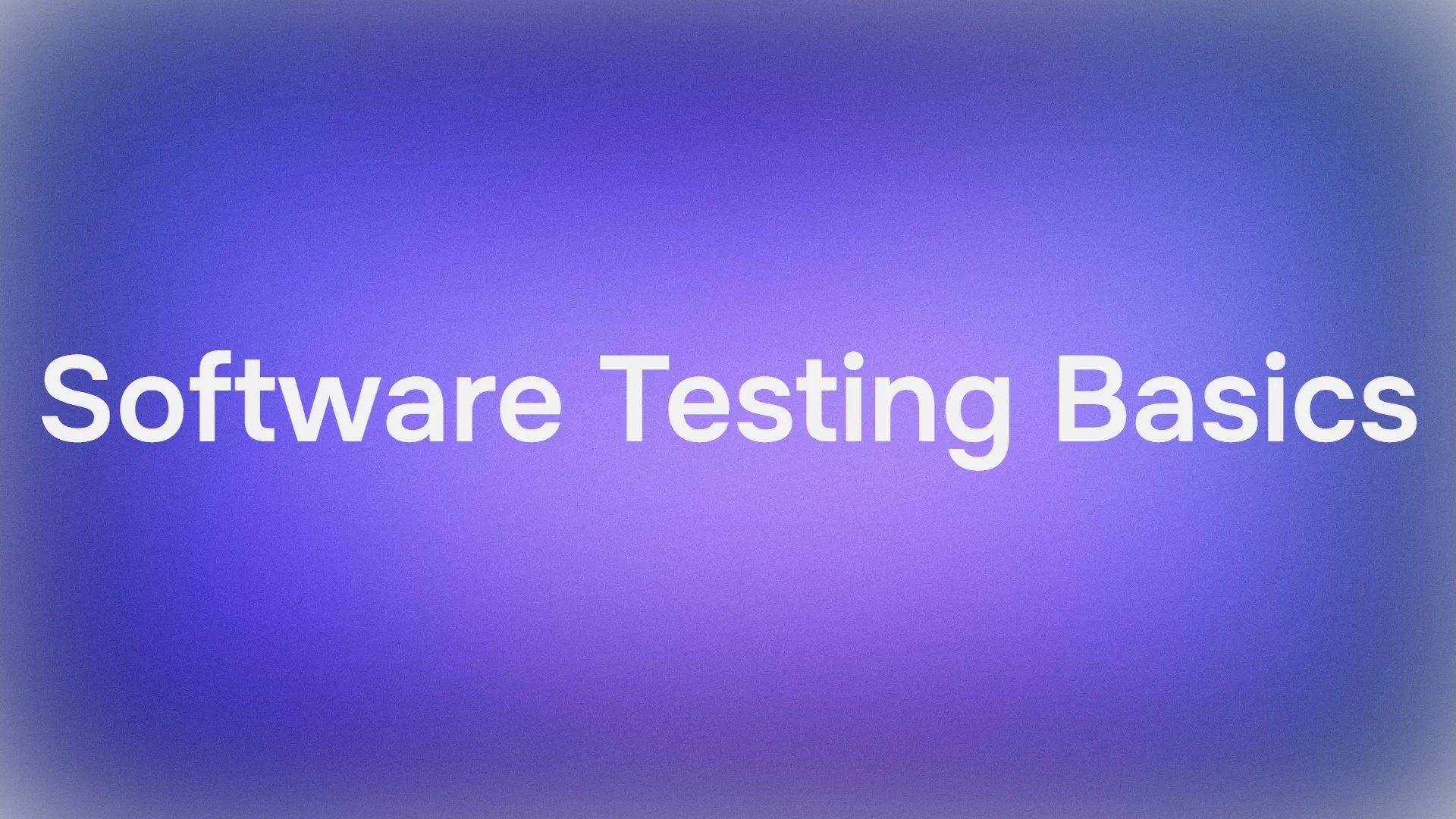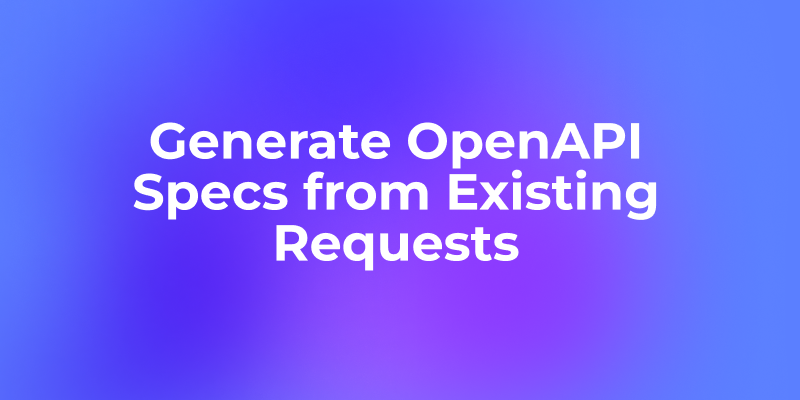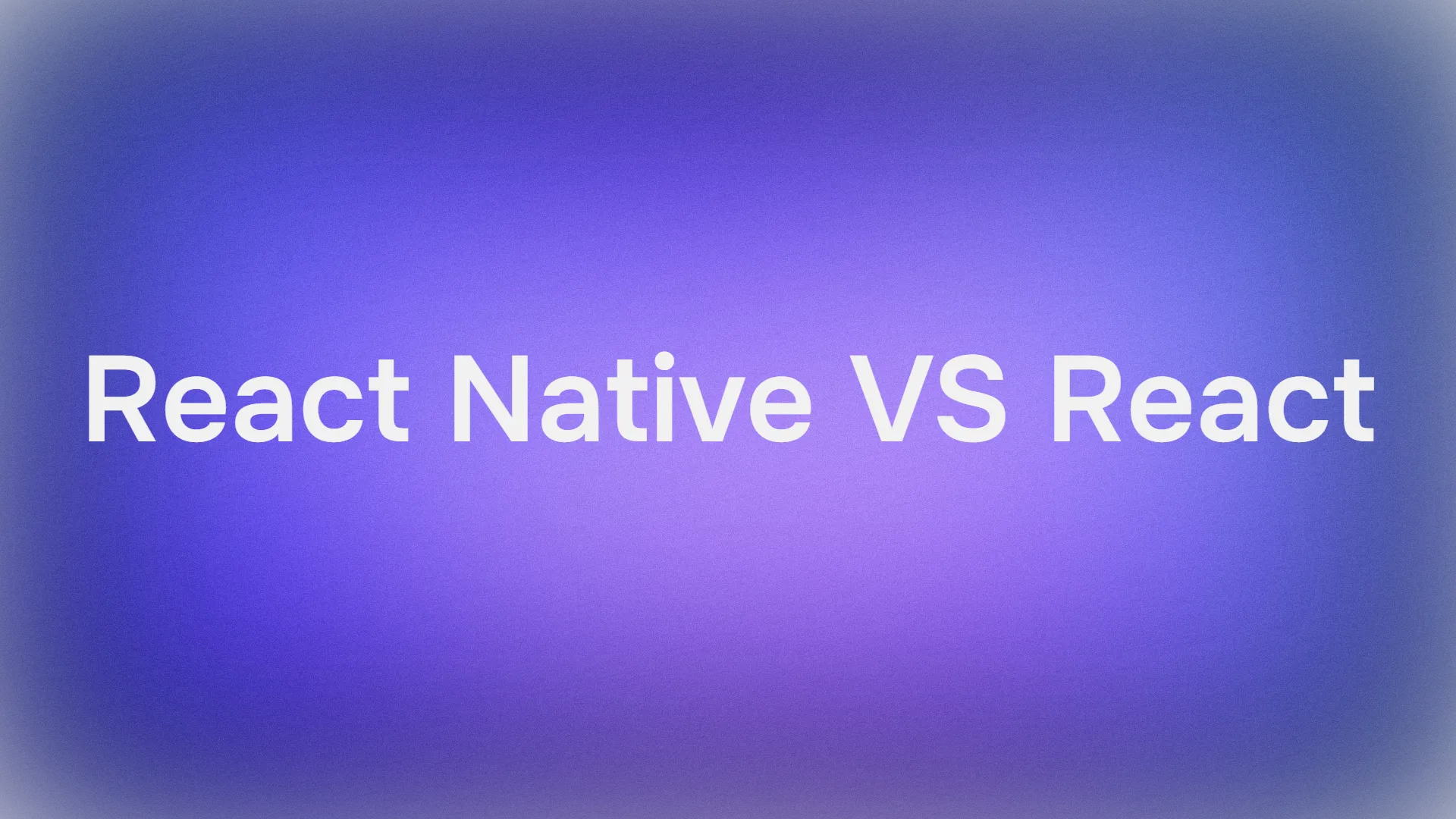You're building a complex search feature for your application. To make things "RESTful," you decide to put all the search filters right in the URL: categories, price ranges, colors, sizes, tags... the works. It works perfectly during testing. But when a real user selects dozens of filters, suddenly your application breaks with a cryptic error: 414 URI Too Long.
This status code is the web server's way of saying, "This URL has overstayed its welcome. It's simply too long for me to process." It's a boundary enforcement—a polite but firm reminder that even in the vast digital world, there are practical limits to everything.
The 414 error is particularly interesting because it represents a collision between good intentions (clean URLs, bookmarkable searches) and practical reality (server limitations, browser constraints). If you're building web applications with complex data passing, understanding this code is crucial for creating robust, user-friendly experiences.
In this detailed blog post, we’ll explain what the 414 URI Too Long status code means, why it occurs, real-world examples, how developers and users can address it, and best practices to prevent it.
Now, let's explore what causes the 414 error and how to prevent it from breaking your applications.
The Problem: There's Only So Much Room in the Address Bar
To understand why 414 exists, we need to understand how web servers handle URLs. Every web server has limits on how long a URL it can process. These limits exist for several good reasons:
- Server Resource Protection: Extremely long URLs can consume excessive memory and processing power on the server.
- Security: Very long URLs can be used in denial-of-service attacks by overwhelming the server with resource-intensive requests.
- Logging Practicality: Server access logs would become unmanageably large if they had to record extremely long URLs.
- Browser Compatibility: Different browsers have their own URL length limits, so even if the server allowed it, the browser might not.
The 414 status code is the server's standardized way of enforcing these reasonable boundaries.
What Does HTTP 414 URI Too Long Actually Mean?
The 414 URI Too Long status code indicates that the server is refusing to service the request because the request-target (usually the URL) is longer than the server is willing to interpret.
This is a client-side error (4xx), meaning the problem is with the request that the client sent, not with the server itself. The server is functioning perfectly; it's just enforcing its configured limits.
Simply put: You sent a URL that’s way too long so long that the server said, “Nope, I can’t handle this one.”
This often happens when URLs have huge query strings or path components that exceed server, client, or intermediary limits.
A typical 414 response looks like this:
HTTP/1.1 414 URI Too LongContent-Type: text/htmlContent-Length: 125
<html><head><title>414 URI Too Long</title></head><body><center><h1>414 URI Too Long</h1></center></body></html>
Some servers might provide a more helpful response with details:
HTTP/1.1 414 Request-URI Too LongContent-Type: application/json
{
"error": "uri_too_long",
"message": "The requested URL's length exceeds the 8192 character limit",
"max_length": 8192
}
How Long is "Too Long"? Understanding the Limits
There's no single universal standard for maximum URL length. Different servers and components have different defaults:
- Apache: Typically 8192 characters (8KB) by default
- Nginx: Usually 4096 or 8192 characters
- Internet Explorer: Historically had a 2083 character limit
- Modern Browsers: Can typically handle much longer URLs (64KB+), but the server will usually reject them first
- CDNs and Proxies: Often have their own limits that might be stricter than your origin server
The key point is that you can't rely on a specific number. If you're approaching a few thousand characters in your URL, you're in dangerous territory.
Quick Refresher: What Is a URI?
Before we go deeper, let’s clarify what URI means.
A URI (Uniform Resource Identifier) is a string that identifies a resource on the web. It can be a URL (Uniform Resource Locator) or a URN (Uniform Resource Name).
For our purposes, when you see “URI Too Long,” it almost always refers to a URL that’s too long.
A typical URL looks like this:
<https://example.com/path?query=value>
- The scheme (
https) - The host (
example.com) - The path (
/path) - The query string (
?query=value)
All of these combined form the URI. When the full string is too large, the server throws a 414 error.
Common Scenarios That Cause 414 Errors
1. Complex Search and Filtering (The Most Common Culprit)
This is where most developers encounter 414 errors. Imagine an e-commerce site with this URL structure:
/products?category=electronics&subcategory=laptops&brand=apple&brand=dell&price_min=500&price_max=2000&ram=8gb&ram=16gb&storage=256gb&storage=512gb&color=space-gray&color=silver&onsale=true&instock=true&sort=price_asc&page=1&limit=50
Each additional filter makes the URL longer. If users can select multiple values for many filters, the URL can quickly balloon beyond server limits.
2. Data Passing via GET Parameters
Sometimes developers try to pass small amounts of data through URL parameters:
/share?data=This%20is%20a%20very%20long%20piece%20of%20text%20that%20someone%20is%20trying%20to%20share%20through%20a%20URL%20parameter...
URL encoding makes this even worse spaces become %20, special characters become even longer sequences.
3. API Abuse
If you have an API that uses GET requests with many parameters, heavy users might hit the limit:
/api/data?fields=id,name,description,created_at,updated_at,author.name,author.email,category.name,tags.name,comments.text,comments.author.name...&include=author,category,tags,comments&filter[status]=published&filter[date][from]=2023-01-01&filter[date][to]=2023-12-31&sort=-created_at&page=1&limit=100
4. Malicious or Accidental Requests
Sometimes, 414 errors can be caused by web crawlers, bots, or users accidentally creating extremely long URLs.
A Technical Look at the 414 Error
Let’s look at what happens under the hood.
When a client (like your browser or an API client) sends a request to a server, it includes a full URL.
The server checks the length of the URI against its configured limits. If the URI exceeds the maximum threshold, it immediately rejects the request.
Example response:
HTTP/1.1 414 URI Too Long
Content-Type: text/html
Content-Length: 123
Connection: close
No content is processed the server just says, “Your URI is too long. Please try again with something shorter.”
Why 414 URI Too Long Is More Common in APIs
You might notice that this error appears more often in API development than in normal browsing.
Here’s why:
- APIs often send complex queries or serialized objects.
- Some developers misuse GET for requests that should be POST or PUT.
- Automated tools or scripts can unintentionally generate huge query strings.
This is exactly why Apidog is so useful it lets you simulate API calls, visualize where your requests might break, and adjust before deployment.
Testing URL Length Limits with Apidog

If you’re serious about building or testing APIs, Apidog can be your best friend when it comes to diagnosing and preventing 4xx errors especially the 414 URI Too Long. Proactively testing your application's behavior with long URLs is crucial. Apidog makes this process straightforward and safe.
With Apidog, you can:
- Gradually Increase URL Length: Start with a normal request, then systematically add parameters to see exactly when your server starts returning
414errors. - Test Different Servers: Compare behavior across your development, staging, and production environments they might have different URL length limits configured.
- Automate Boundary Testing: Create test cases that verify your application handles
414responses gracefully rather than showing generic error pages. - Experiment with Solutions: Quickly test alternative approaches (like switching to POST) without manually rewriting your entire application first.
- Document Limits: Use Apidog to document the actual URL length limits for your API, providing valuable information to other developers.
This proactive testing helps you identify and fix these issues before they affect your users.
The Solution: Choosing the Right HTTP Method
The fundamental solution to 414 errors is understanding when to use GET vs. POST (or other methods).
When to Use GET:
- Idempotent requests (repeating the same request has the same effect)
- Simple data retrieval with few parameters
- Bookmarkable URLs
- Shareable links
- Cachable requests
When to Use POST:
- Complex data with many parameters
- Large amounts of data
- Non-idempotent operations (the request changes server state)
- Sensitive data (though you should still use HTTPS)
Practical Fixes for Common 414 Scenarios
Fix 1: Convert Complex Searches to POST
Instead of:
GET /search?param1=value1¶m2=value2&...¶m50=value50
Use:
POST /search
Content-Type: application/json
{
"param1": "value1",
"param2": "value2",
// ... 50 parameters
"param50": "value50"
}
Fix 2: Implement Search Sessions
For very complex filtering, you can:
- POST the filter criteria to create a search session
- Get back a unique search ID
- Use that ID in subsequent GET requests
POST /search-sessions
Content-Type: application/json
{"filters": {"category": "electronics", "price": {"min": 500, "max": 2000}, ...}}
HTTP/1.1 201 CreatedLocation: /search-results/session-abc123
Then:
GET /search-results/session-abc123?page=1
Fix 3: Use More Efficient Parameter Structures
Instead of multiple parameters with the same name:
?category=electronics&category=books&category=clothing
Use a more compact format:
?category=electronics,books,clothing
Or use range syntax:
?price=500-2000
Fix 4: Server-Side Configuration (Last Resort)
If you absolutely must support long URLs, you can sometimes increase the server's limit. For example, in Nginx:
server {
# ... other configuration
large_client_header_buffers 4 32k; # Increase buffer size
}
Warning: This should be a last resort. Increasing these limits can make your server more vulnerable to certain types of attacks.
Best Practices for URL Design
- Keep URLs Semantically Meaningful: URLs should describe the resource, not the data being sent.
- Use POST for Complex Operations: If you're sending more than a handful of parameters, consider POST.
- Design for the Common Case: Optimize your URL structure for typical use cases, not edge cases.
- Provide Good Error Messages: If you do encounter a 414, provide a helpful message suggesting alternative ways to access the resource.
Best Practices to Prevent 414 Errors
Here’s a quick checklist to keep your URLs and your server healthy:
- Use POST or PUT for large requests.
- Keep URLs under 2000 characters for maximum compatibility.
- Avoid serializing large data in query parameters.
- Compress or encode data efficiently.
- Monitor logs for recurring 414 errors.
- Test regularly using tools like Apidog.
Following these practices will not only prevent 414s but also make your APIs more efficient and user-friendly.
Troubleshooting 414 Errors
- Review and optimize URL construction mechanisms.
- Switch to POST methods where large parameters are needed.
- Inspect proxies and load balancers that may impose strict URL limits.
- Use Apidog to simulate requests and reproduce 414 conditions.
Conclusion: Respecting the Boundaries
The HTTP 414 URI Too Long status code serves an important purpose in maintaining the health and security of web servers. While it can be frustrating to encounter, it's usually a sign that your application design needs adjustment rather than a server misconfiguration.
HTTP status code 414 URI Too Long is a critical safeguard against resource overuse and communication failures caused by excessively long URLs. Understanding its causes and handling methods leads to better web performance and reliability.
To recap:
- HTTP 414 URI Too Long means your request URL is longer than the server allows.
- It’s caused by oversized query strings, redirect loops, or misused GET requests.
- You can fix it by shortening URLs, switching to POST, or increasing server limits.
By understanding the practical limits of URLs and choosing the appropriate HTTP method for your use case, you can create applications that are both powerful and robust. The key insight is simple: use GET for simple, safe, idempotent operations, and use POST when you have significant data to send.
Instead of scratching your head over cryptic HTTP errors, you’ll have a clear visual of what’s happening and how to fix it. So next time you see a “414 URI Too Long” message, don’t panic. You’ll know exactly what’s going on and how to make it right.
Remember that good API design isn't just about following REST principles dogmatically it's about creating practical, reliable interfaces that work within the real constraints of the web. And when you're designing and testing those interfaces, a tool like Apidog can help you identify and resolve issues like URL length limits before they impact your users.
Start using Apidog today download it for free and master HTTP status codes like 414 for your next web project!



